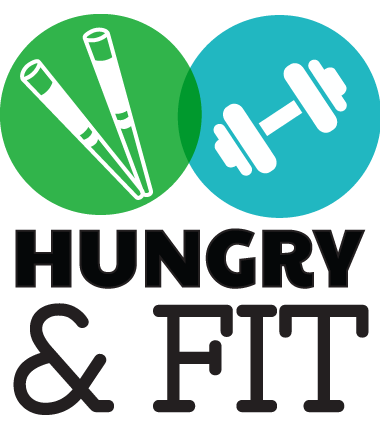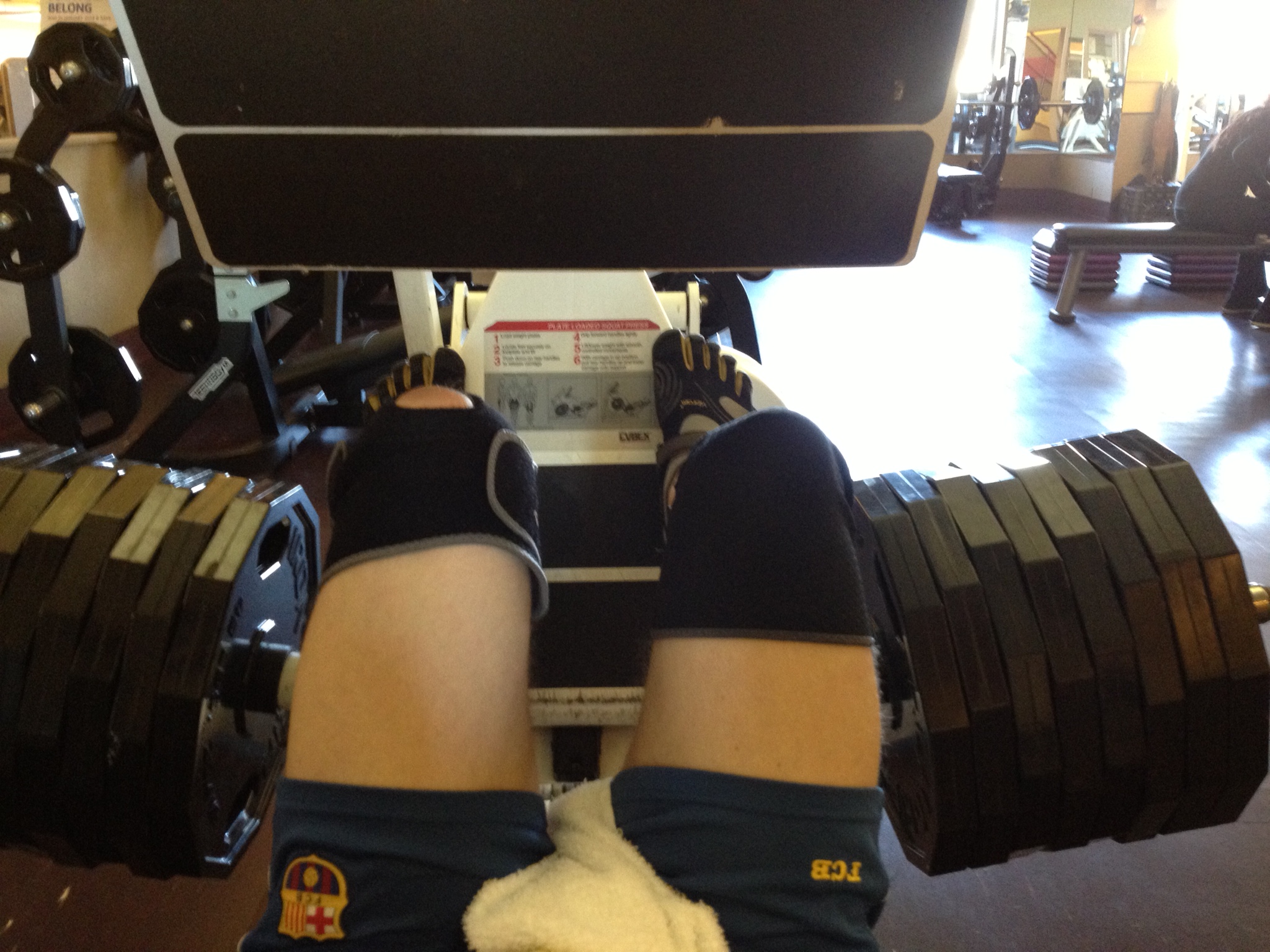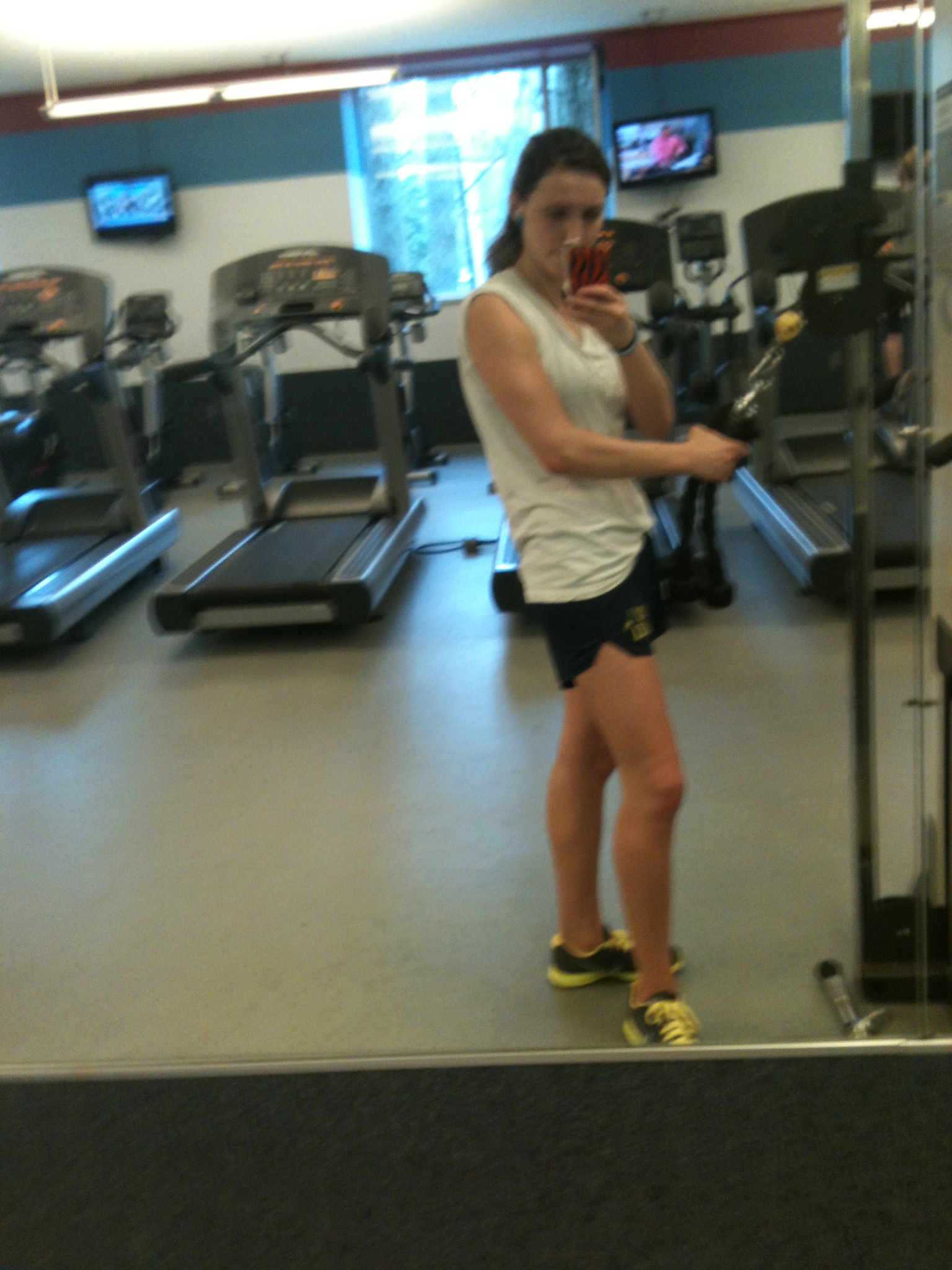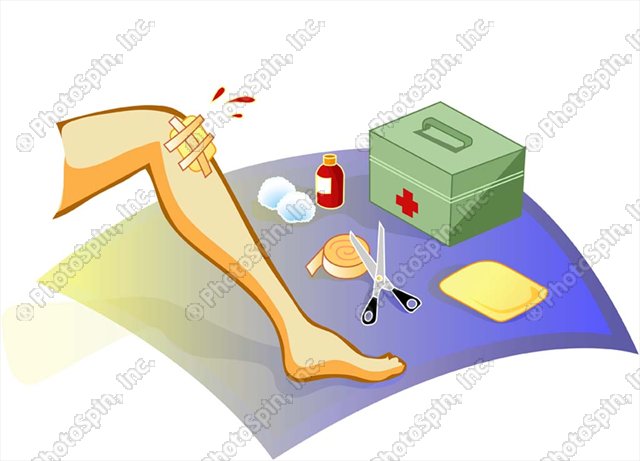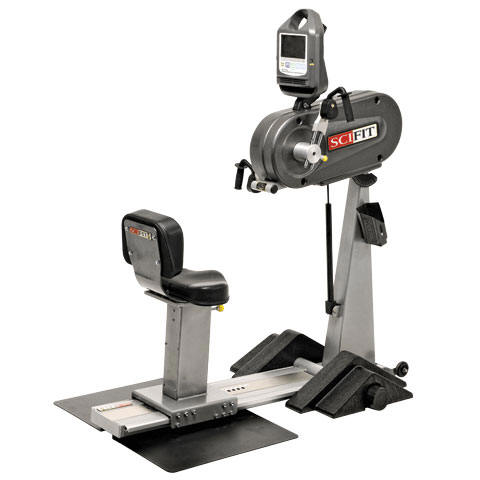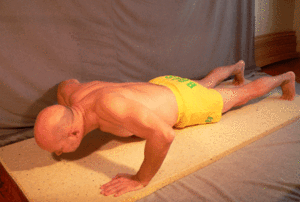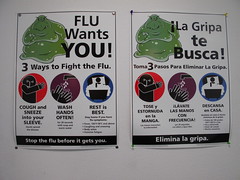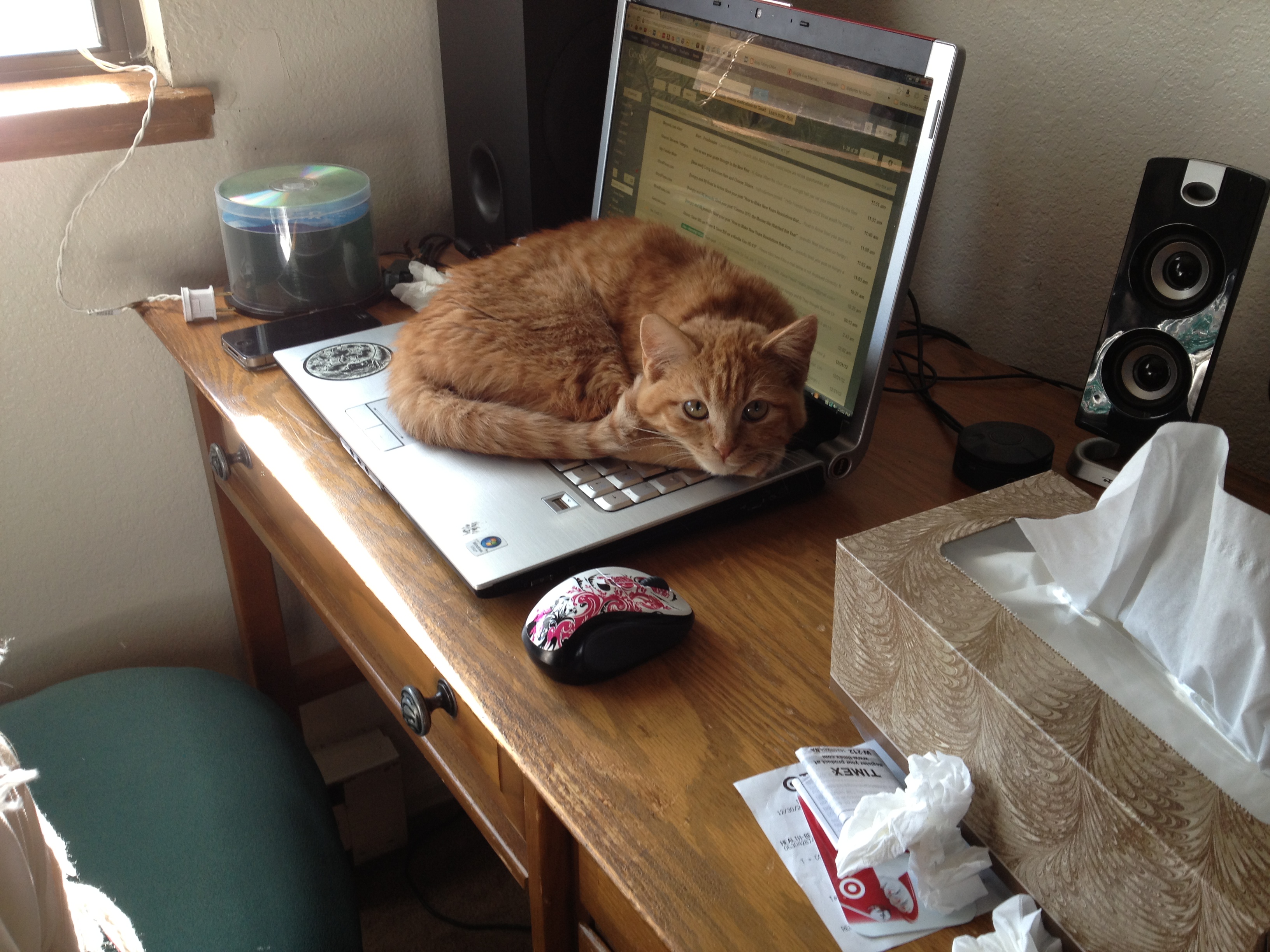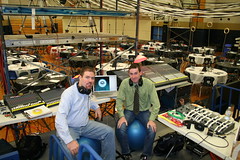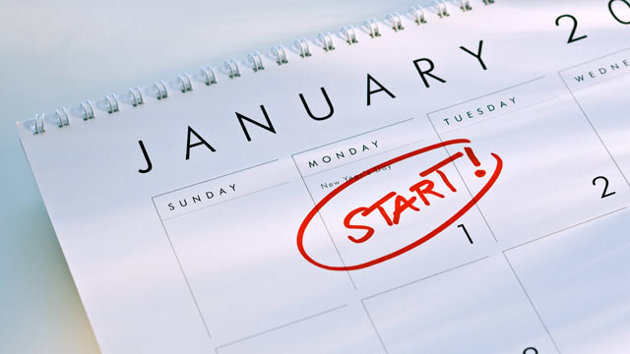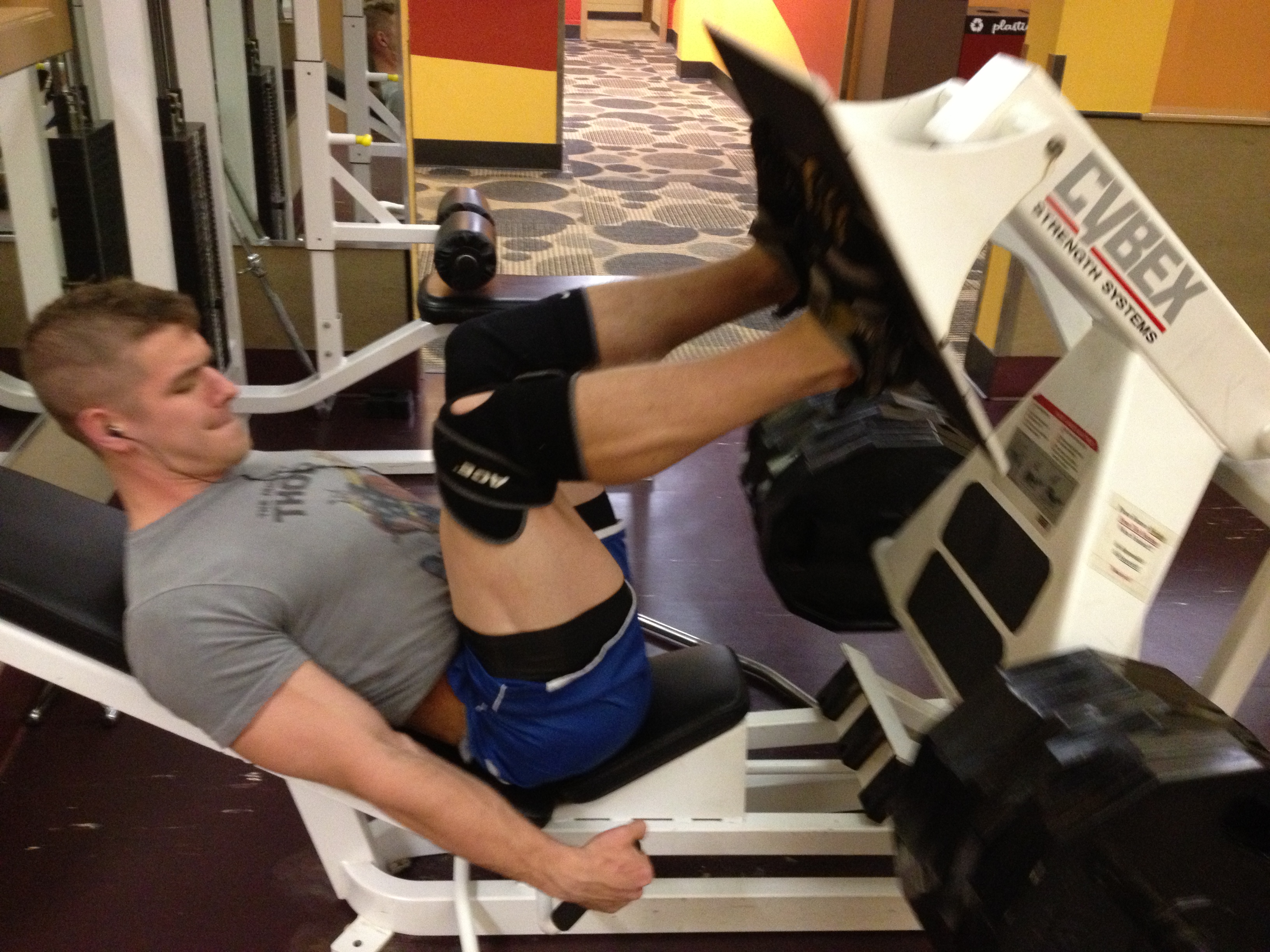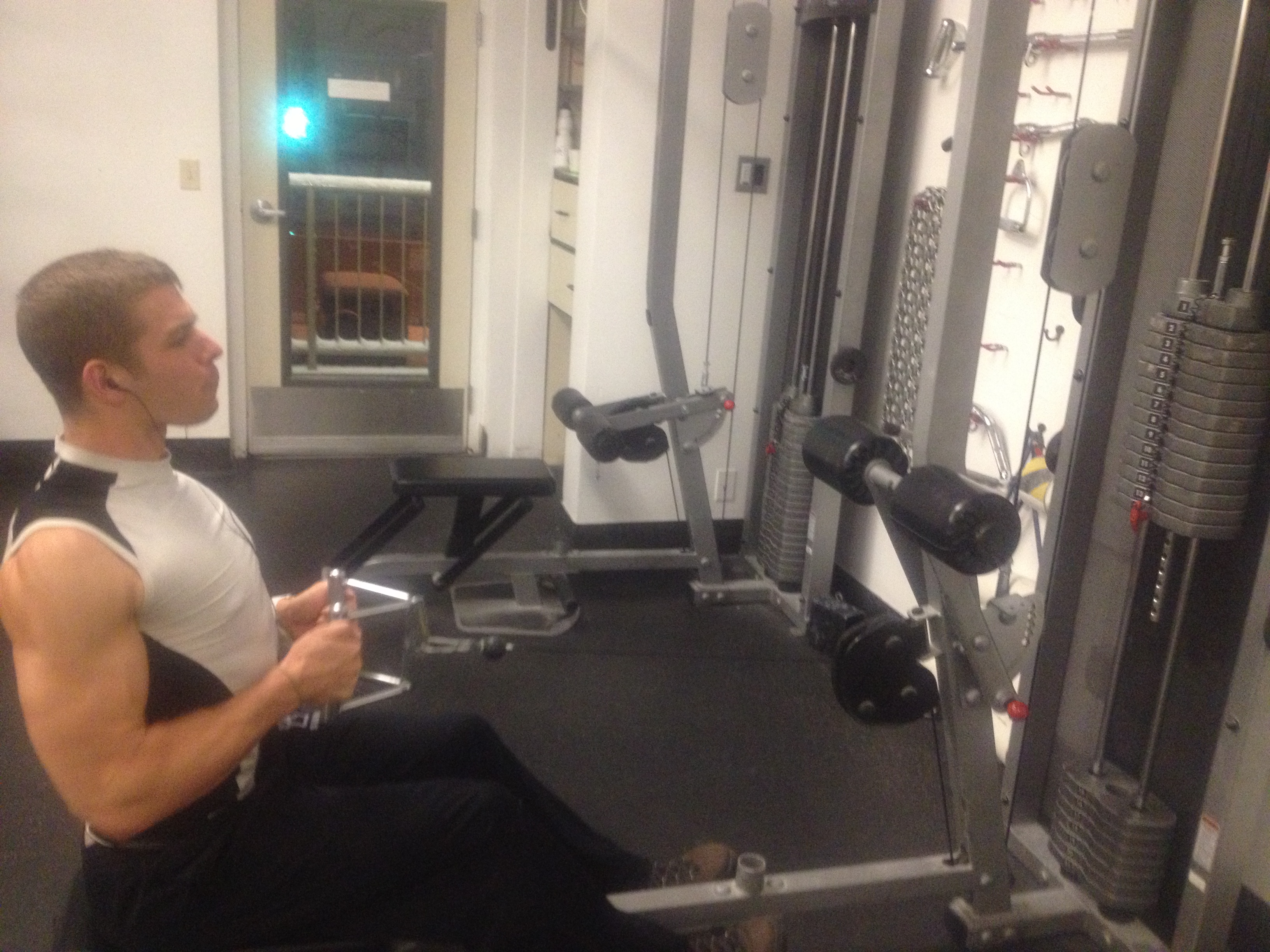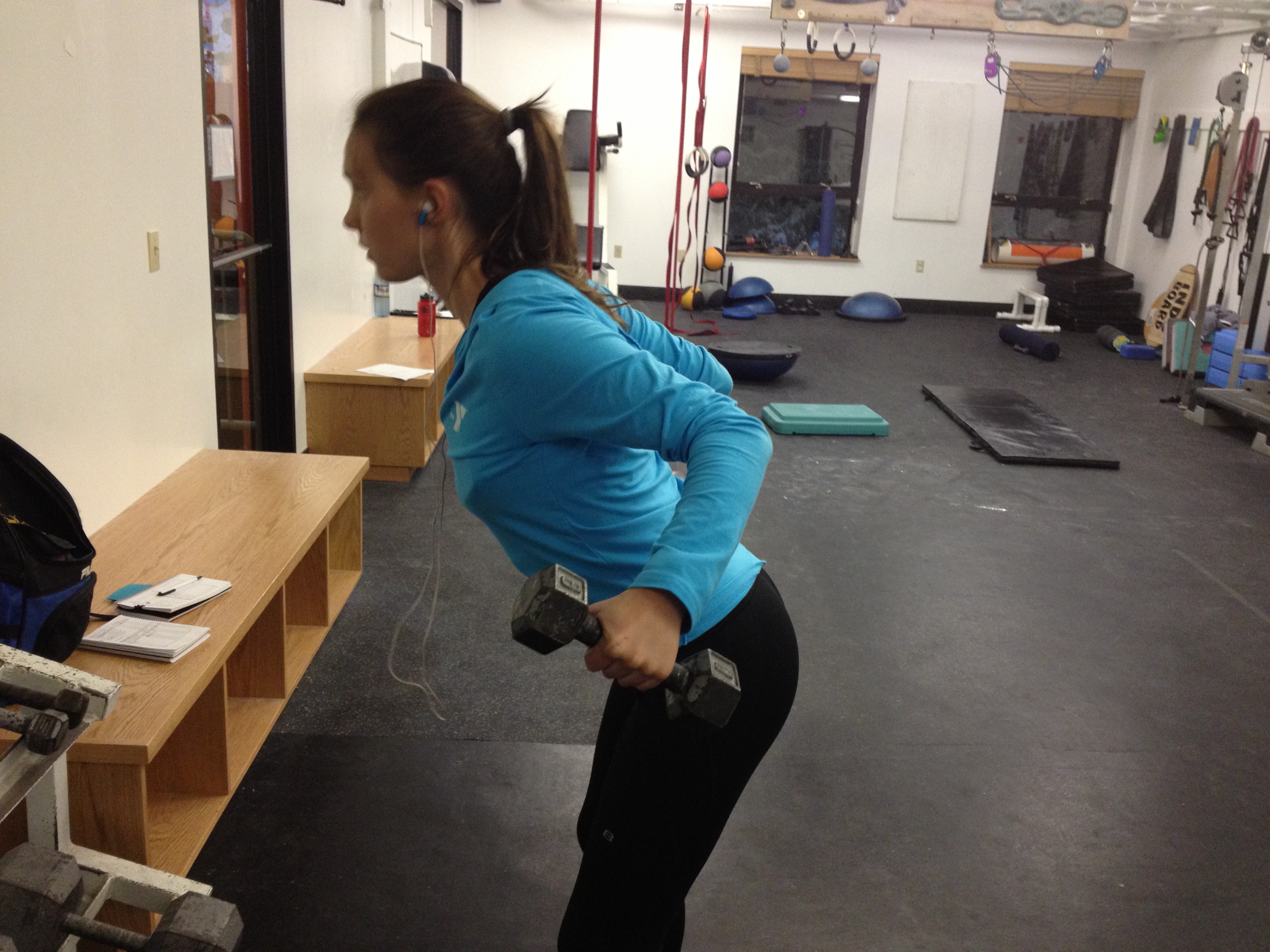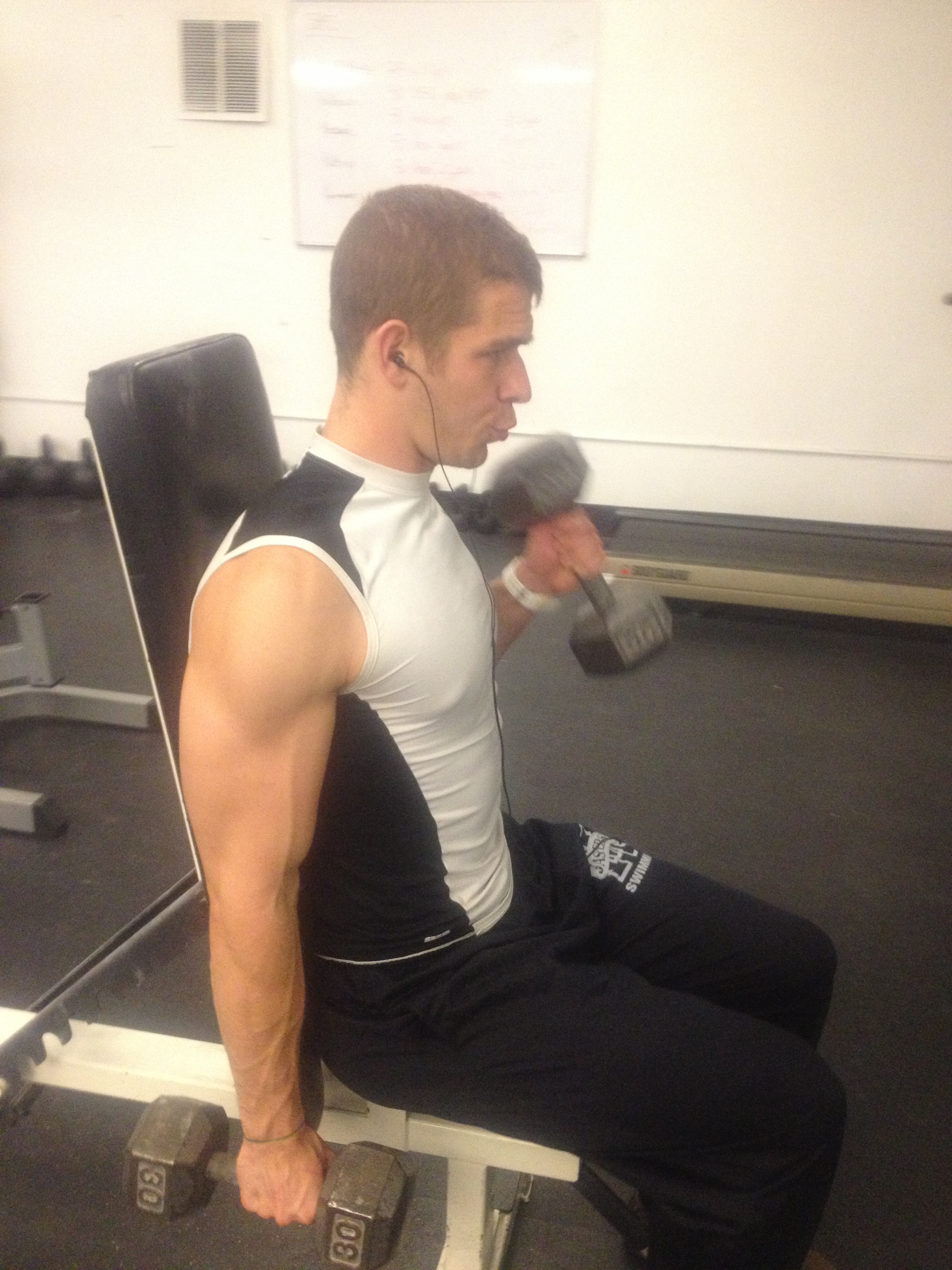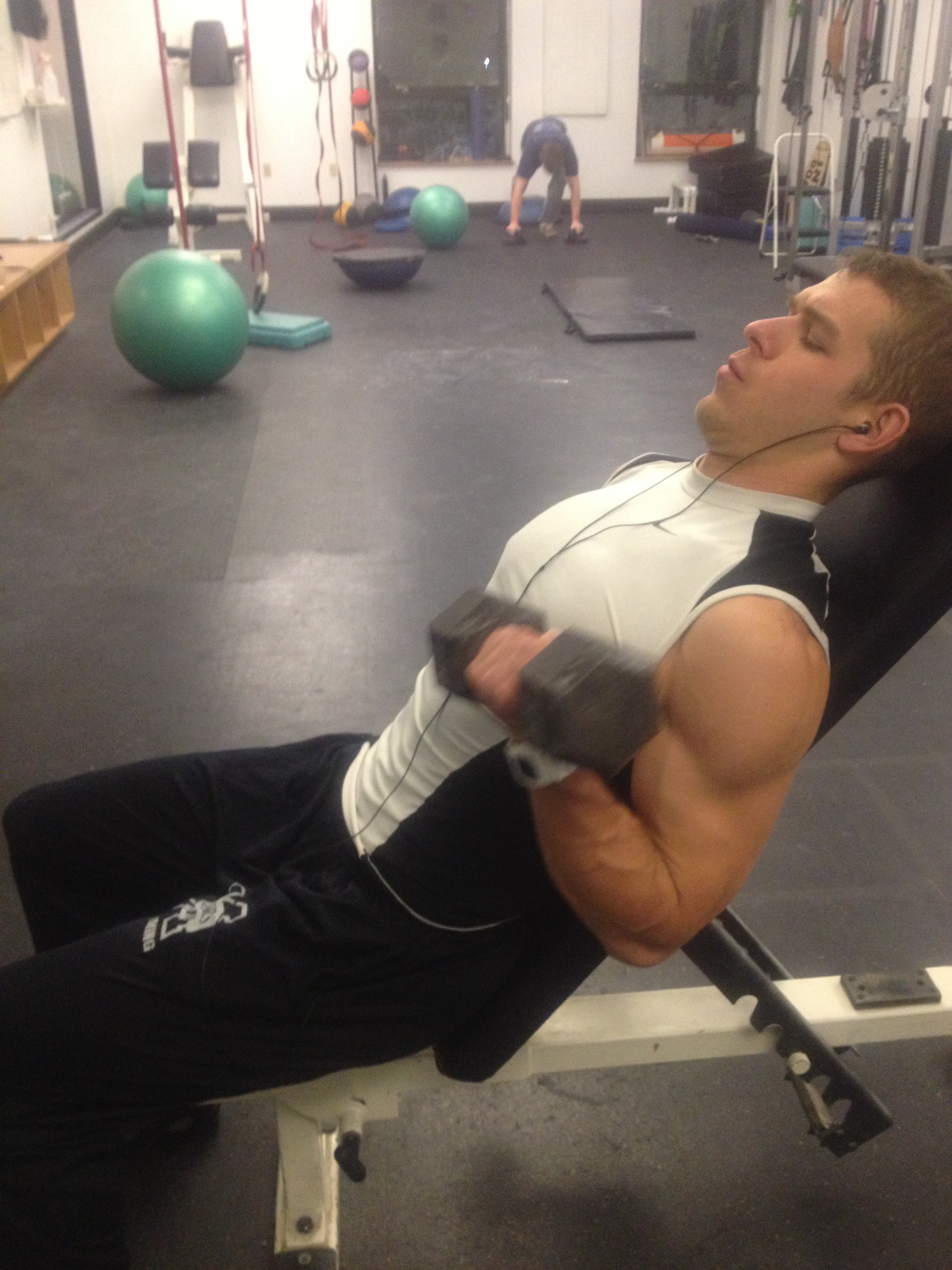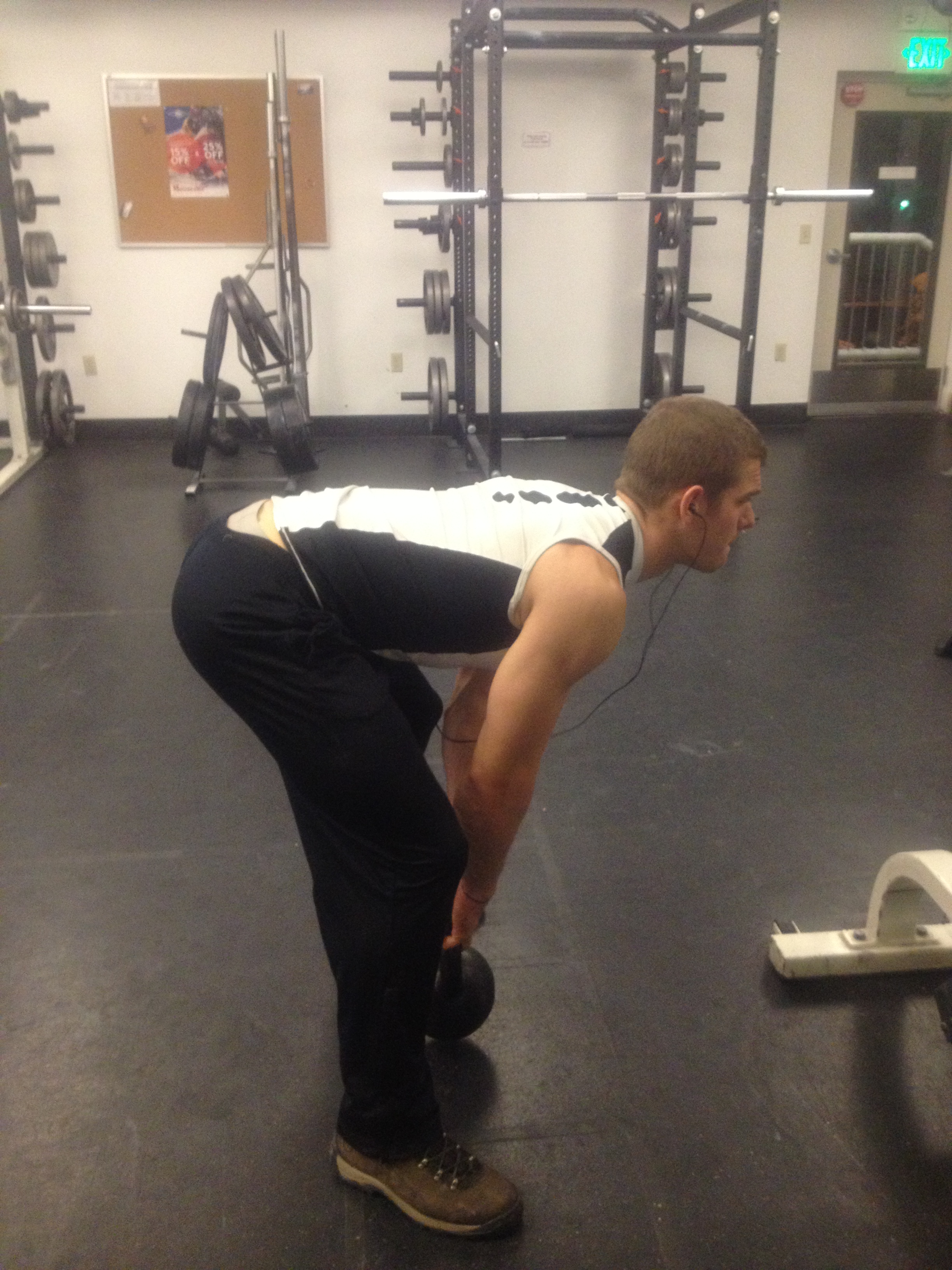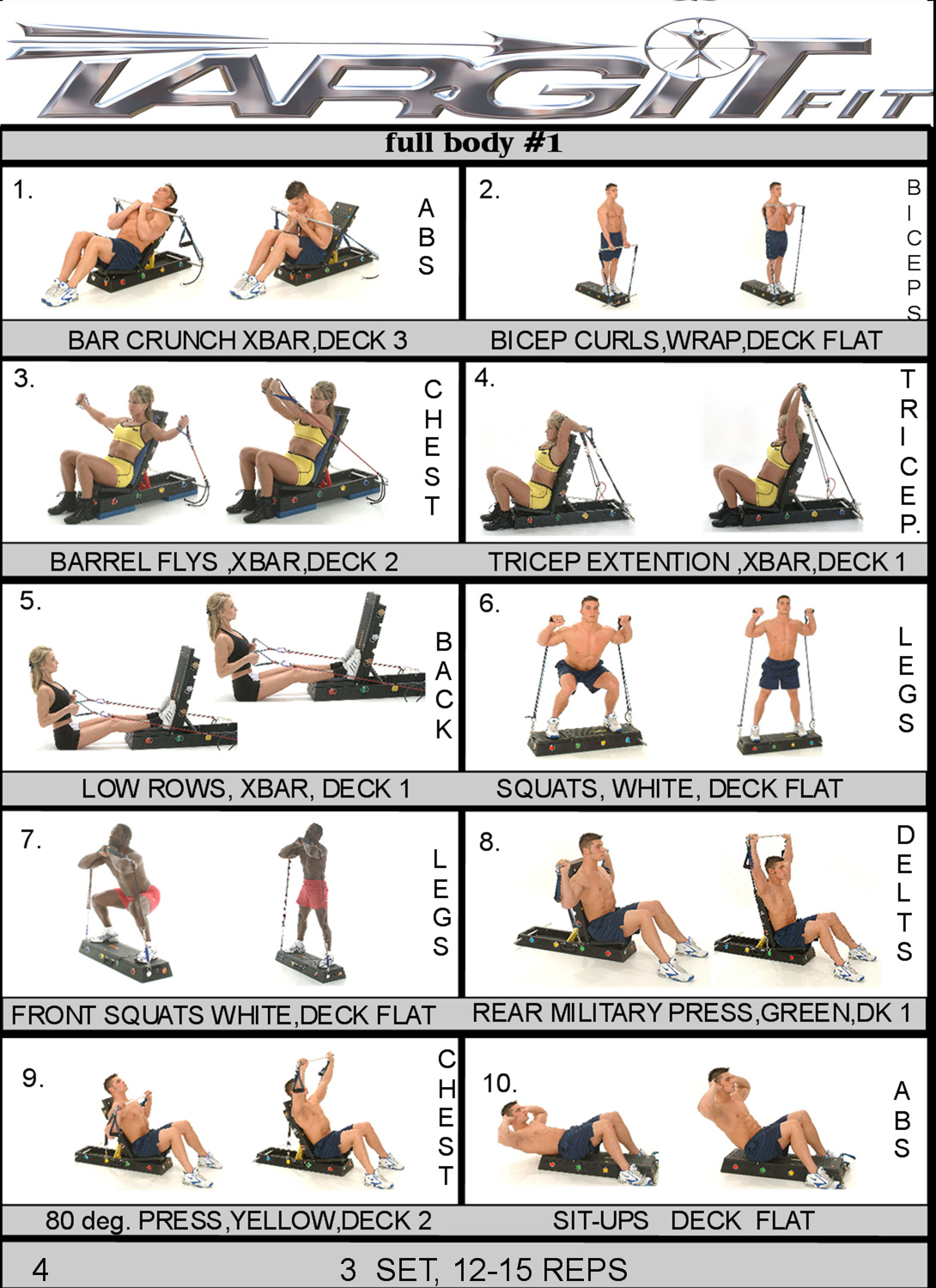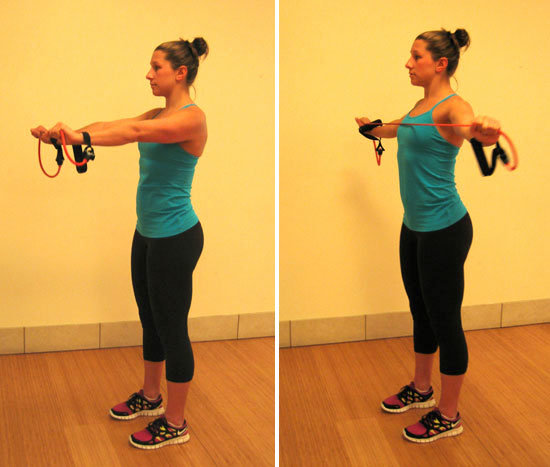So, we have tons of ideas for new posts. We could probably write enough in one day to last for a few weeks based off our ideas. With us getting in better shape (Alana slower than I unfortunately due to her injured ribs) there are going to be (hopefully) more posts about working out! Our workouts, workouts you should do, etc. Before we get into that we have to make sure we’re somewhat on the same page, so I want to throw a short and surely not complete glossary of terms that would be found in posts about our workouts.
- Isolated: An exercise that involves one joint movement.
- Exercise: A physical (or mental) activity that increases a specific aspect of physical (or mental) fitness
- Fitness: A major factor to your level health and well-being
- Iso: Doing reps with a single body part (i.e. using one leg at a time on the knee extension)
- Reps: aka repetitions, the amount of properly executed times you complete an exercise
- Sets: A full amount of reps within an exercise without taking rest
- Compound: An exercise that involves two or more joint movements.
- Push: generally chest, triceps, shoulders, body parts that are used to bring something away from the center of your body
- Pull: generally, back, biceps, forearms, body parts that are used to bring something towards the center of your body
- Hypertrophy: Increasing muscle mass or size
- Atrophy: a decrease in muscle mass or size
- Assisted: An exercise that generally involves your weight or the weight you are trying to move being decreased by an outside force
- Barbell: That really long, typically five to seven feet, straight piece of cylindrical steel
- Dumbbell: The weight that has fat sides on both ends and fits in a single hand
- Body weight: Completing an exercise that doesn’t involve added weights, i.e. pushups and pullups normally
- Close grip: Having a narrow grip, keeping the weight closer to the body
- Wide grip: Having a grip with a greater distance than shoulder width, keeping the weight further from the body
- Normal grip: a grip that is typically shoulder width apart, very neutral
- Cable: The apparatuses that allow you to attach various grips to a hook that is attached to a cable
- Circuit training: A series of exercises that immediately follow one another, is almost always a great source of cardio
- Super set: Completing two exercises one after another with little to no rest
- Giant set: Completing three exercises in succession with little to no rest
- Monster set: Completing four exercises in succession with little to no rest
- PR: personal record, the only number that matters since we never compare ourselves to anyone else. PERIOD
- Range of motion: The amount of distance that you cover in a certain rep of an exercise depending on the muscle you are trying to build. For instance, when doing a squat, a full range of motion is typically bringing the line from your butt to your knees to a parallel with the floor
- Weight: the amount of poundage or kilos or stones that your body is or that your body is trying to move
- To failure: When you perform the maximum amount of reps possible, any further reps are incomplete and thus failing
- Strength training: Lifting heavily (relative to what you can and should lift) with full range of motion and taking the longest rest intervals to increase your power
- Hypertrophy training: When you lift slightly lighter than strength training for more reps with full range of motion but take shorter rest than in strength training
- Abduction: lateral movement away from the center of the body
- Adduction: lateral movement towards the center of the body
- Active rest: When you maintain activity during rest periods, i.e. jumping rope between sets of bench press
- Aerobic: you can talk while working out, getting your heart rate somewhat high and activating those lungs to a certain degree
- Anaerobic: out of oxygen, you’re pushing it so hard that you’re lungs and respiratory system can’t keep up with you, this is not for beginners
- BMI: aka body mass index, a useless number that should be removed from existence, don’t give it any attention
- Carb: Carbohydrates, your major supplier of energy and something that you should not keep out of your body because of some crazy diet plans that exist
- Carb loading: taking in an absurd amount of carbs in order to maintain energy throughout intense periods of training (I usually carb load in the morning, just me)
- Protein: the good stuff that comes in fish, meats, powders, and tons of other forms, you need it to perform protein synthesis and repair the muscles that you tear apart while training. You can supposedly only take in so much per meal, but try to eat your body weight (or the body weight that you desire better yet) to reach your goals
- Fat: Something that can’t be neglected, you want to burn it but make sure to eat some healthy fats too in order to protect yourself, think avocados
- Calorie: The energy value of food, a unit expressed through heat, you want to burn these in a caloric deficit if you want to lose weight, you want to create the opposite caloric deficit in order to gain weight (they say 3500 equals a pound)
- Positive: the concentric phase of a motion, a muscle shortening or contracting, i.e. the upward motion of bicep curls, typically good to do these slow or explosively, but controlled
- Negative: the eccentric phase of a motion, the muscle lengthening phase of a contraction as it stretches, usually good to do these slowly
- Cross-training: switching up your routine and spicing it up by adding variety, think mixing yoga with a nice bike ride one week and then doing a swim after a strength training session
- Cool down: Making sure that you do a nice easy exercise to allow your body to get back to its normal standing form, preventing it from being shocked and increasing your chance of injury
- Injury: Actually hurting something seriously, tearing a muscle, breaking a bone
- Hurt: You’re in pain, but it’ll go away without major trouble, like a headache
- Standing: Your normal state of being
- Ectomorph: You were born with a small build and will have trouble gaining weight, which usually is an ectomorph’s goal
- Endomorph: Born with wide hips and a larger frame, fat stores itself around your organs and is really hard to burn, but not impossible
- Flexion: bones on both sides of a joint come closer together, i.e. bicep curls (Lower arm to upper arm, no fancy bone names here)
- Flexibility: ability to move joints in a full range of motion, everyone should really try to increase their flexibility, this is normally neglected
- Interval training: don’t confuse this with circuit training, this is normally associated with one sort of exercise, imagine sprinting for thirty seconds, then walking for two minutes and repeating this a bunch of times instead of just jogging for twenty minutes at the same pace
- Lactic acid: to not get into scientific terms, this stuff prevents you from going all out and doing an endless amount of reps, as you reach an anaerobic level, your body can’t keep up with removing the lactic acid that builds up in your blood
- Metabolism: A complicated scientific process that involves tons of different factors for every person, but if you want to lose or gain weight, you have to regulate your metabolism through proper exercise and diet. If you want to lose weight, don’t just do a bunch of fat burning exercises and eat nothing… focus on increasing your metabolism instead
- Muscular endurance: Making sure that your muscles have the endurance to sustain longer periods of activity, i.e. that guy can bench 250 lbs one time and 150 lbs five times, you can bench 250 0 times but 150 lbs ten times, he probably has you beat on muscular strength but you win for muscular endurance
- Elliptical: Cardio based machine that reduces or tries to eliminate impact on joints
- Treadmill: cardio based machine that does not reduce typical joint impact
- Recumbent bike: the bike that is parallel-ish to floor and has a back, reduces lower back pain and increases focus on hamstrings and glutes
- Upright bike: The other bike in the gym that hurts your lower back and has broken foot straps all the time, focus on quads
- Quads: Your quadriceps, those huge muscles in the upper front part of your leg, my favorites
